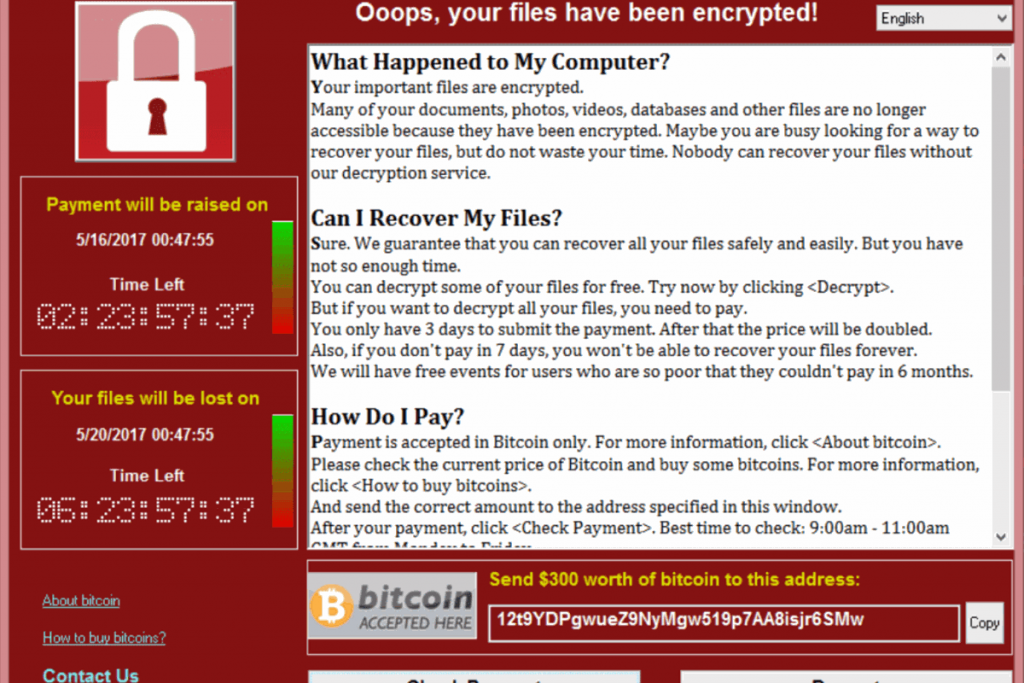Bengaluru: Global cybersecurity firm Trend Micro Wednesday said it recorded a 10 per cent increase in ransomware detections in 2019 compared to 2018.
The healthcare sector remained the most targeted industry, with more than 700 providers affected in 2019, the company said in its 2019 security roundup report.
“A likely contributor to this trend was the willingness of many organisations to pay ransom so as to speed up the recovery of their data and systems. This inclination might have even been bolstered by their insurance coverage for ransomware attacks,” said the report.
Trend Micro said it blocked over 61 million ransomware attacks in 2019.
“Digital transformation has been a business buzzword for decades, and the concept has yielded very positive results over time. But security is often an afterthought, which leaves digital doors wide open for cybercriminals,” Jon Clay, Director of Global Threat Communications for Trend Micro, said in a statement.
“Despite the prevalent ideals of digital transformation, lack of basic security hygiene, legacy systems with outdated operating systems and unpatched vulnerabilities are still a reality. This scenario is ideal for ransomware actors looking for a quick return on investment. As long as the ransom scheme continues to be profitable, criminals will continue to leverage it,” Clay added.
To stay protected, Trend Micro recommended a connected threat defence across gateways, networks, servers and endpoints.
With enterprises increasingly becoming wary of phishing threats, which traditionally arrive via email, scammers continued to come up with new ways of deceiving victims into giving up their sensitive information, according to the report.
New techniques used in phishing campaigns in 2019 included compromising one-time-passwords and hijacking web search results, among others.
“The widespread use by enterprises of Microsoft Office 365, which crossed the 200 million monthly active users mark last year, continued to motivate scammers to launch phishing campaigns that spoofed the software suite, particularly its email component, Outlook,” said the report.
“This was reflected in the number of unique Office 365-related URLs that we blocked, which doubled from the previous year,” it added.
(IANS)
